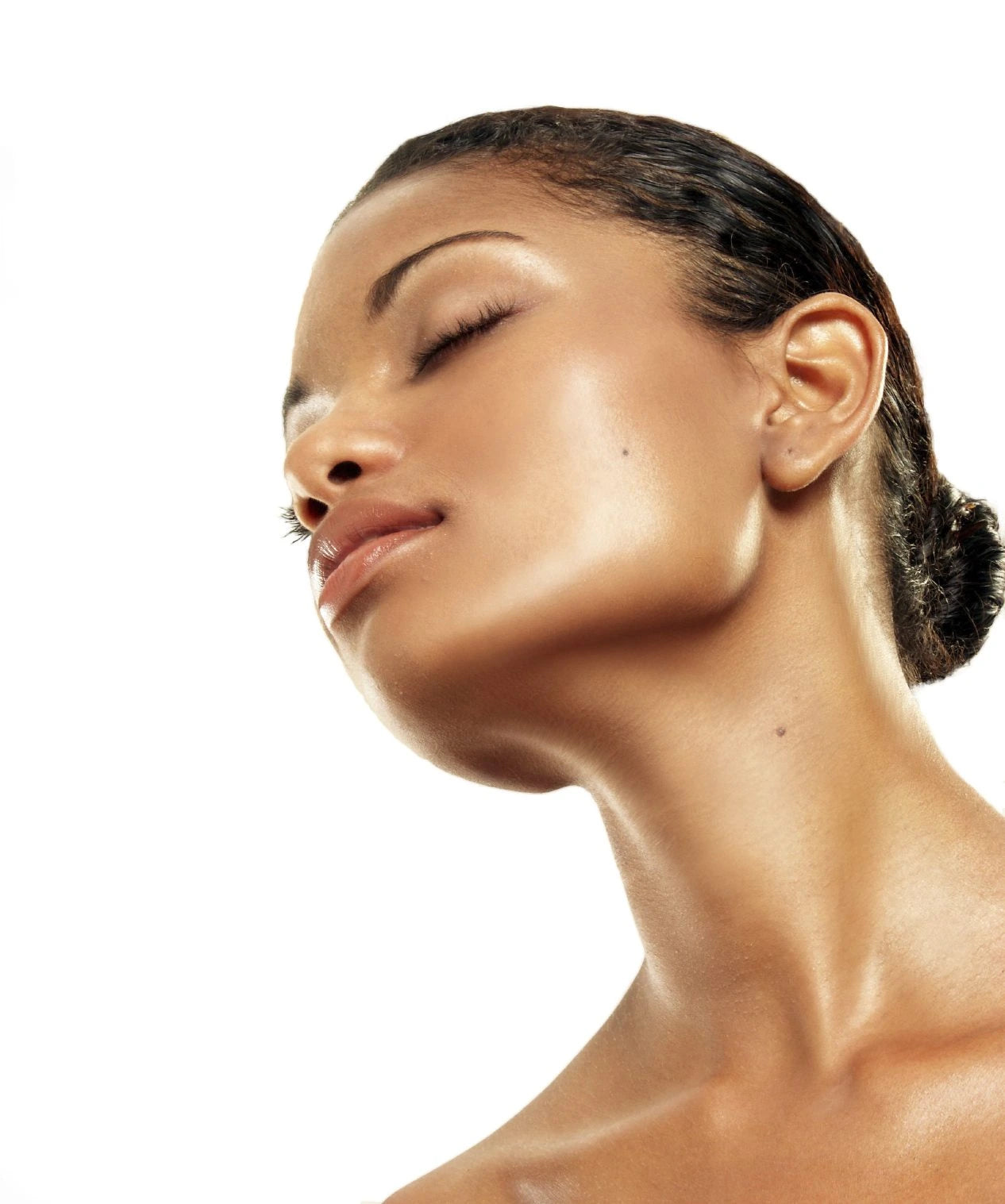If there is water in a formulation and no preservatives, this should be a big red flag. A truly preservative free product would present a serious health risk to consumers. Manufacturers making these claims either don’t know what they’re doing, or do and are marketing a lie.
Preservatives are ingredients used in products to inhibit the growth of microbial contaminants like bacteria, mold and yeast. They are designed to protect products and CONSUMERS, against contamination by microorganisms during storage and continued use. Product safety is the number one priority for the cosmetics industry! Unpreserved or poorly preserved cosmetic products would present a serious public health concern for consumers (like skin infections, toxic shock, eye infections).
I see a lot of “natural” skincare formulators mix their products in very unsterile environments….why are you mixing your creams and soaps with a bucket outside and a wooden spoon? Do you produce your products in a sterile environment? Do you clean your equipment and packaging with ethanol for sterilization? Do you cover your hair when your make your formulations? Do you use gloves? No matter how sterile the manufacturing space, process and packaging are, as soon as water is introduced into a formulation, microbial growth is inevitable. Anything that contains water or aloe, which is over 95% water (creams, gels, lotions, etc) is a paradise for bacteria, yeast and molds; and the natural sugars in plant extracts are their favorite food.
Natural products tend to be more prone to microbe growth because they have a lot more bioavailable nutrients for bacteria to feed and flourish on. Given that most of the ‘preservative-free’ claims on cosmetic products are in the natural sector, this can become a big problem! There are indeed some natural ingredients that show antimicrobial activity but compared to synthetic preservatives, the activity is generally lower and directed to a less broad spectrum of microbes. The preservative effect of most natural antimicrobial agents is primarily based on their antioxidant activity. Antioxidants are NOT preservatives, while they can be used to extend the shelf life of an oil and help prevent it from going rancid early, they do not have antimicrobial qualities.
For formulators who actually use preservatives, do you know that you need to conduct tests for contamination and preservative efficacy on every batch you make? Some products may look fine on the outside, but when you run them through micro testing, the bacteria, yeast, fungus and mold count can be off the charts. Possible signs of a product going bad can be a rancid odor, product separation and visual evidence of mold in a variety of colors. The problem with the visual or smell test is that they can be very deceptive to the untrained nose or eye.
Different products have different needs when it comes to preservation. Some preservatives can protect against all three contaminants (bacteria, mold, yeast) and are known as BROAD SPECTRUM preservatives (e.g Parabens); but not all preservatives have the ability to protect against all three contaminants. Simply applying a one-size fits all approach to preservatives is not a good way to formulate.
Let us all be careful and educate ourselves.
Photo Credit: Medical News Today


